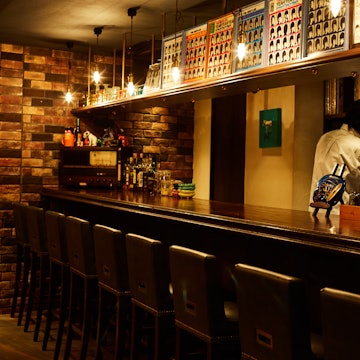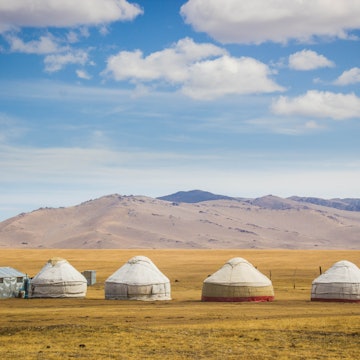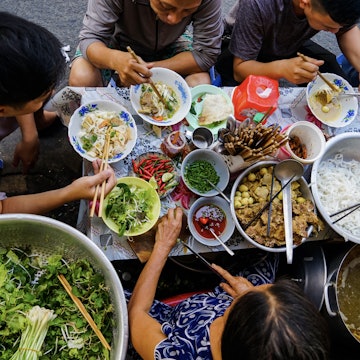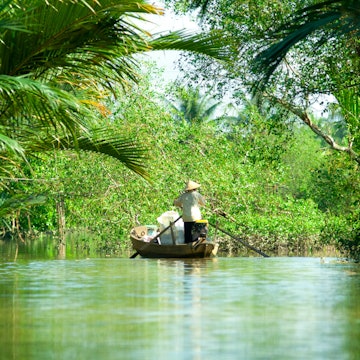
“Your chi door is not open”: experiencing a traditional knife massage in Taipei

Jan 14, 2020 • 5 min read
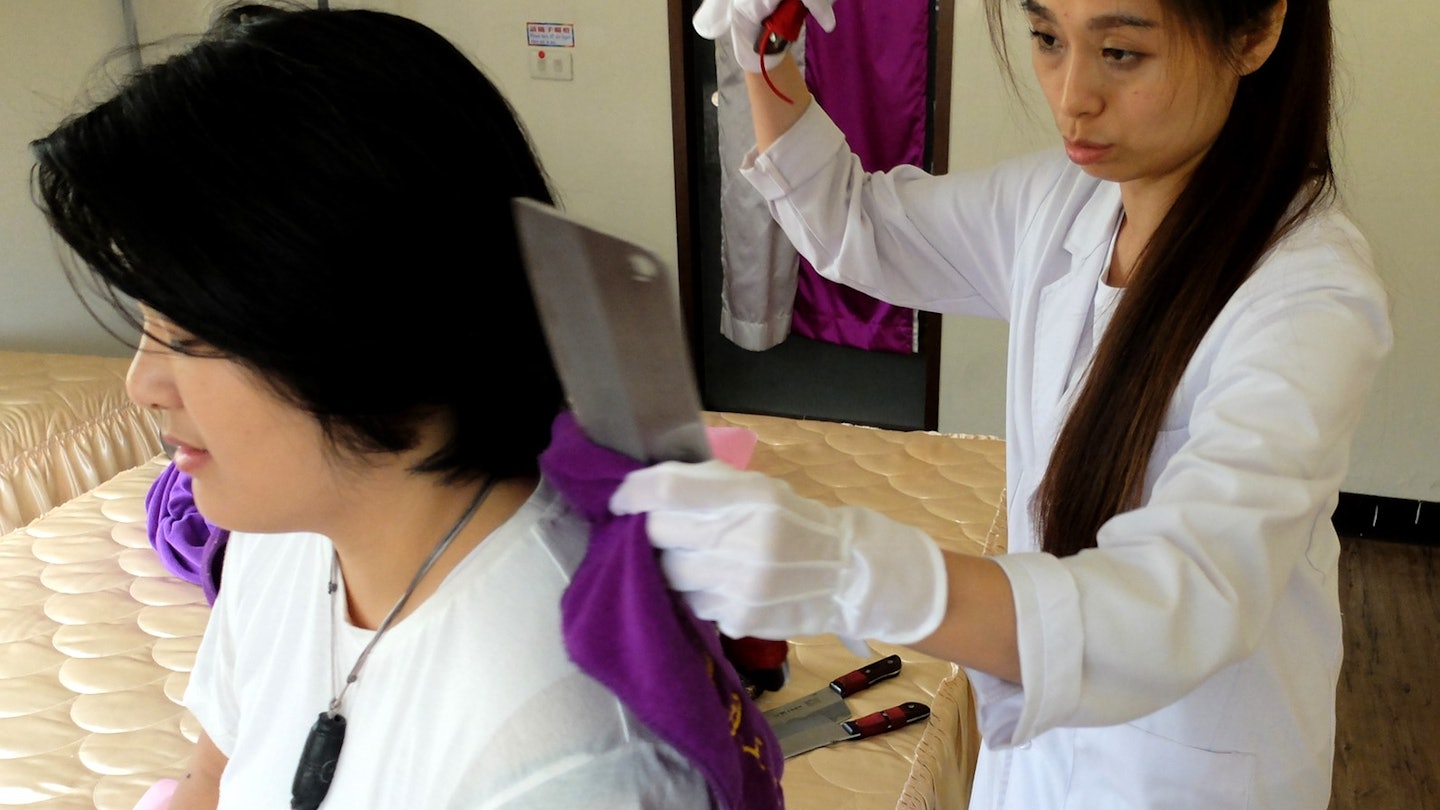
Knife massage looks like a form of torture, but those who practise it believe it draws out negative energy and can help cure ailments. In Taiwan, interest in getting pummelled by cleavers in the name of good health is growing. Jamie Fullerton travels to Taipei to sample this cutting-edge wellness trend.
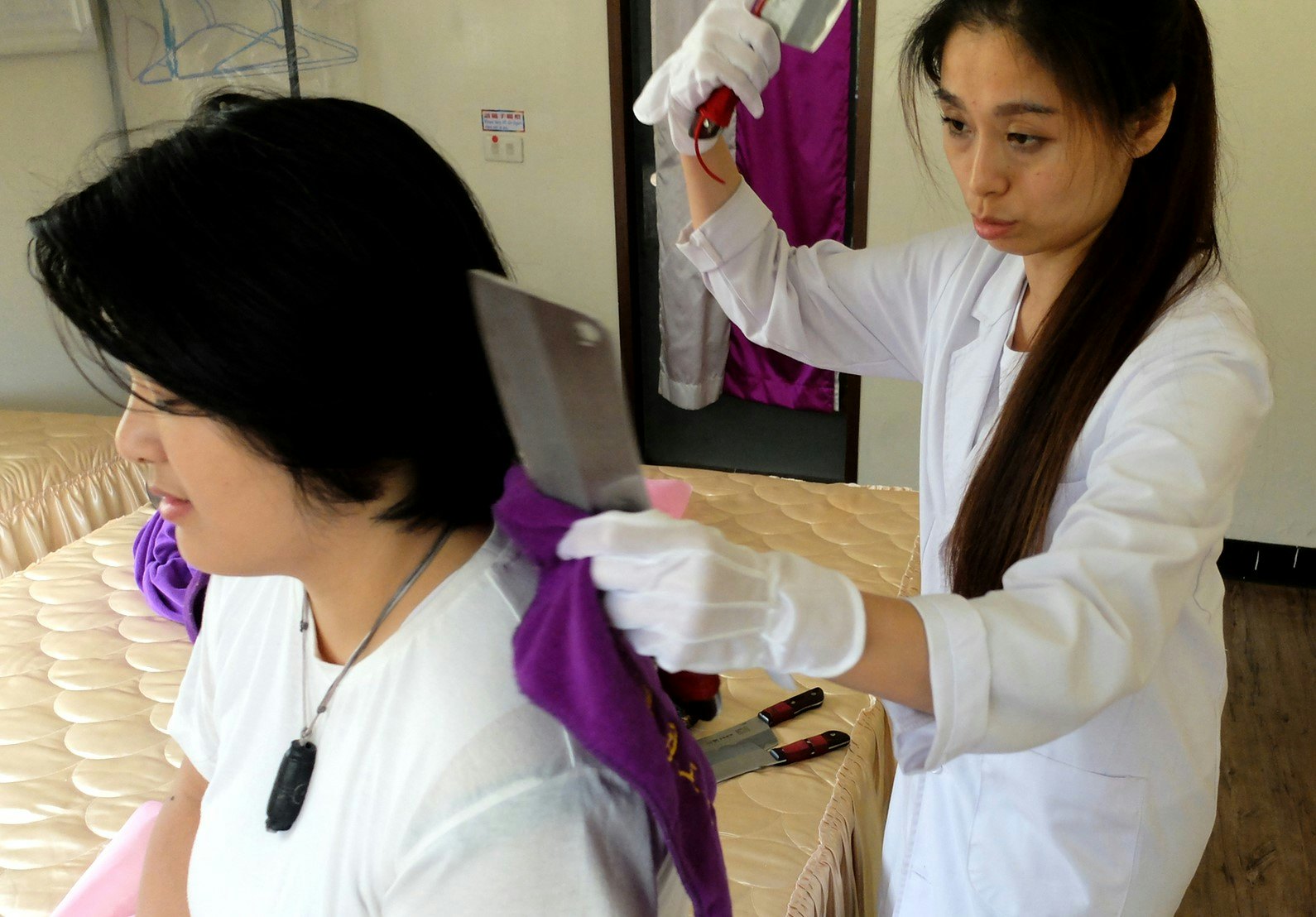
Hsiao Mei-Fang, head of Taipei’s Ancient Art of Knife Massage Education Centre, orders me to open my right hand, hold it in front of her colleague Netty’s stomach, and say what I feel. I’m supposed to be able to detect Netty’s chi – her life force – which Hsiao says should be off the charts due to the conditions around us.
We’re in the garden of a peaceful villa in Zhuzihu, a mountainous area in Yangmingshan National Park known for its swathes of calla lilies, located 15km north of Taiwan's capital, Taipei. Behind us are two huge boulders that I’m assured are meteorites, so should be positively throbbing with chi. One is wrapped in what looks like cellophane, which Hsiao says is “to help retain energy”.
Netty has spent ten minutes waving around two wooden sticks – also supposedly saturated with chi – and performing exercise moves on a purple roll-out mat laid over some gravel. I admit that I feel no change in life force as I focus hard on my hand. Just a mild sense of apprehension about what’s to come.
“I know why you feel nothing,” says Hsiao over the gentle clinking of Netty’s sticks. “Your body is too tired. Your chi door is not open.”

Knives out
Hsiao had agreed to enlighten me about the ancient art of knife massage, which she is helping to revive in Taiwan. Wearing a lab coat and pristine matching gloves, she explains that the practice, dao liao, could originate as far back as 2500 years ago on mainland China.
It was originally administered by monks, who believed that the blunted metal instruments drew out negative energy from people’s bodies when they chopped them against their skin. During China’s Tang dynasty (618–907AD) the skill was exported to Japan, but according to Hsiao it didn’t arrive in Taiwan until 1949, when the Chinese Civil War ended.
For decades it was a niche treatment in Taipei, mainly practised in private rather than in spas and clinics, as it is now. Fifteen years ago, Hsiao, who was working as a holistic therapist and teacher, was introduced to dao liao by a student of hers. She soon went all in.

Hsiao says that after trying it out she felt a sense of pleasant warmth, and could suddenly sleep well. She also claims that after having knife massages she stopped seeing “weird ghosts” that had been popping up in her life. “People might think that’s weird, but for me it was a cure,” she says.
Now Hsiao’s team offers dao liao in 36 centres across Taiwan, either as part of holistic treatment or just for one-off massages. They regularly take their specially made steel knives to the villa, placing them next to the meteorites to “recharge” them with chi. Hsiao says that unlike during normal massages, when performing knife massages she is able to clearly see a client’s life force.
As a general cynic of all things supernatural, I admit that I’m sceptical. “Did you see the movie Doctor Strange?” asks Hsiao, referring to the 2016 Marvel film starring Benedict Cumberbatch as a sorcerer with insight into dimensions beyond Earth. “If you ask me how you see chi, how you read it… it’s like that.” Got it.

Going under the knife
In the villa garden Hsiao attempts to top up her own chi levels by doing a handstand then dexterously spreading her legs, which she says is one of the quickest ways to juice up. On her instruction I hold out my open hand in front of her, but again say that I feel nothing mystical. Undaunted, she leads me upstairs for my knife massage.
We begin with me sitting on the edge of a massage table, as one of Hsiao’s students chops two knives against my back and shoulders. The pummelling is enjoyably rigorous, and without the squeezing of fingers is a more consistent experience than a hand massage. The knives are completely blunt; without knowing what I was being bashed with I’d guess they were wooden sticks, rather than something seemingly borrowed from an abattoir.
Hsiao prompts another student to give a knife massage to the person administering mine. She then picks up her own weaponry and begins massaging the student at the back of the row, creating a scene one might see in an infinitely more relaxing version of The Human Centipede. Finally, I’m ordered to lie down as Hsiao carefully thuds knives over a towel covering my face and arms.

Fifteen minutes later I sit up refreshed, perky and happy, albeit no closer to getting a proper gander at some chi. It’s a shame, as that skill sounds useful.
“It’s like an X-ray when I give knife massages,” says Netty. She smiles. “Did you know that a lot of women learn it so they can know if their husbands have sexual relations with other women? They read the chi.” I silently wonder if it’s wise to equip people with large weapons at the moment they begin suspecting that their spouse is cheating on them.
In the evening, when I’m back in the city, Netty sends me ‘before’ and ‘after’ photos of me at the villa. In the former I look mildly dopey; in the latter I admittedly appear more present and alert. “The right picture looks more young than the left one,” Netty writes. “You can see how it’s different, from your winkle.”
I assume she means “wrinkles”. But, like the mystical world of chi, perhaps some things are best left ambiguous.
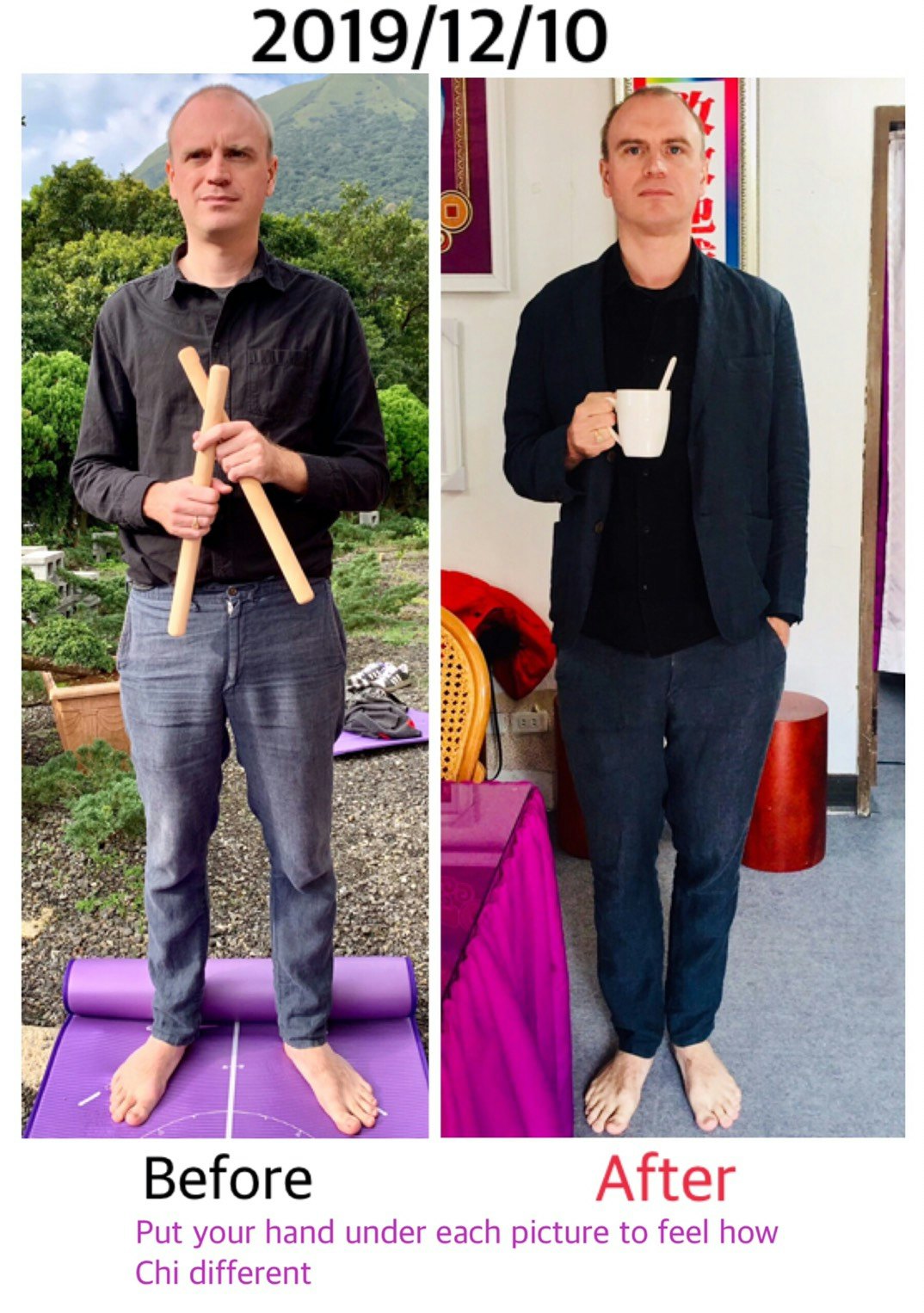
The Ancient Art of Knife Massage Education Centre is on the seventh floor of Cosmos Hotel Taipei, and is open 9.30am to 9pm Tuesday to Sunday (closed Mondays).







